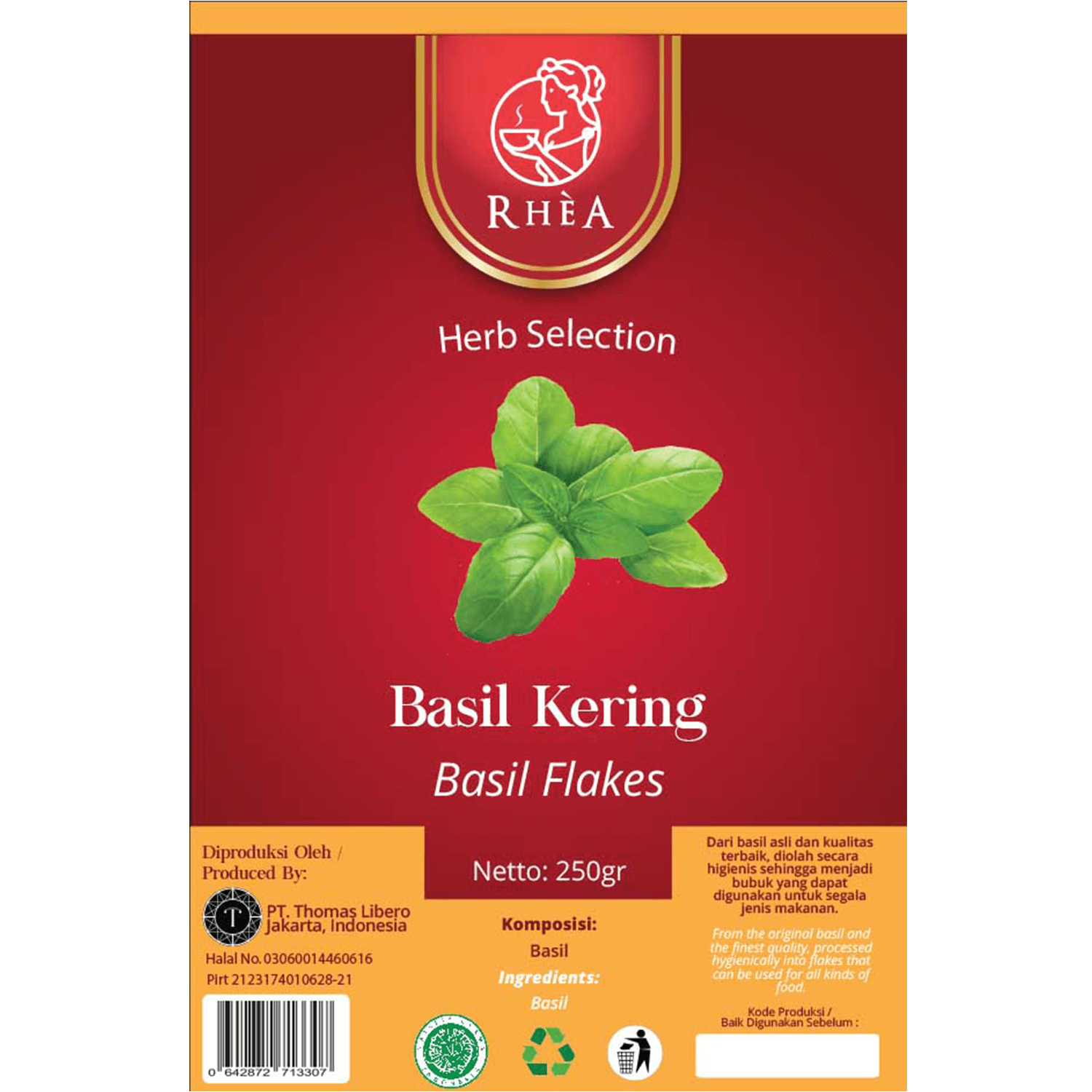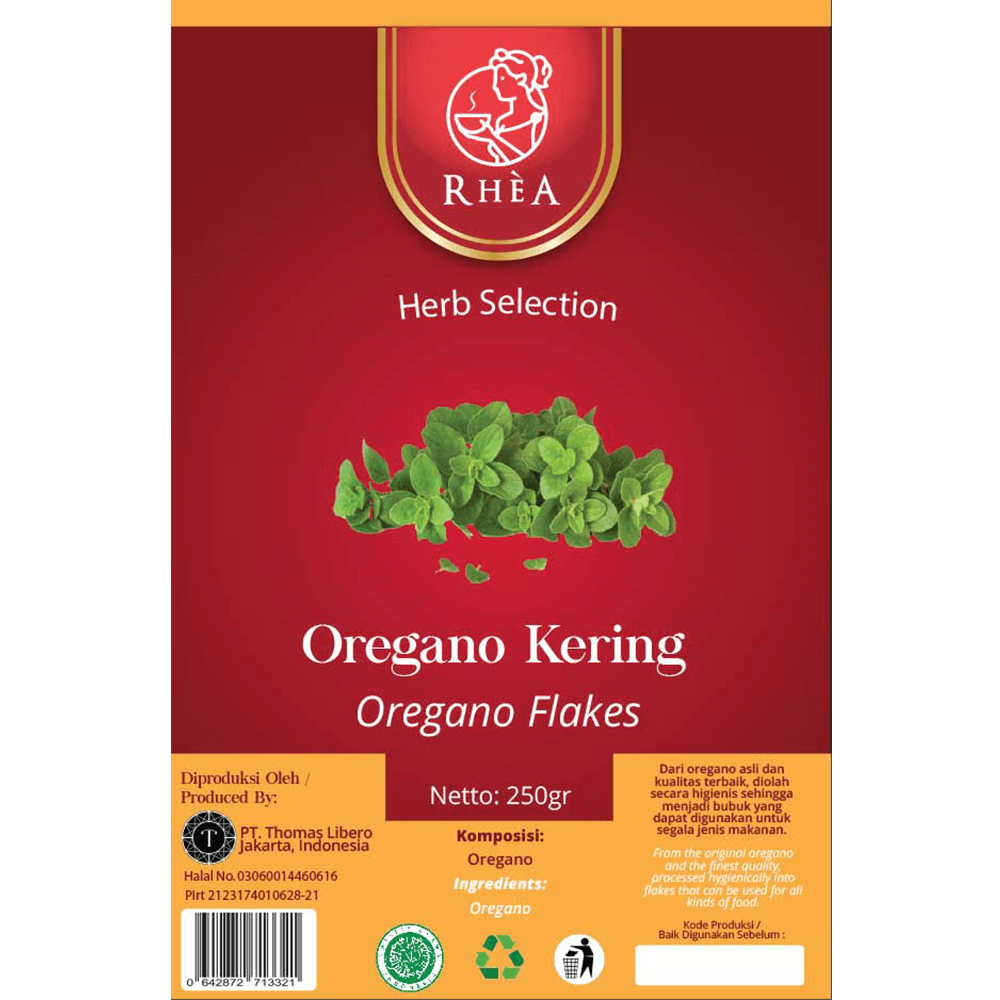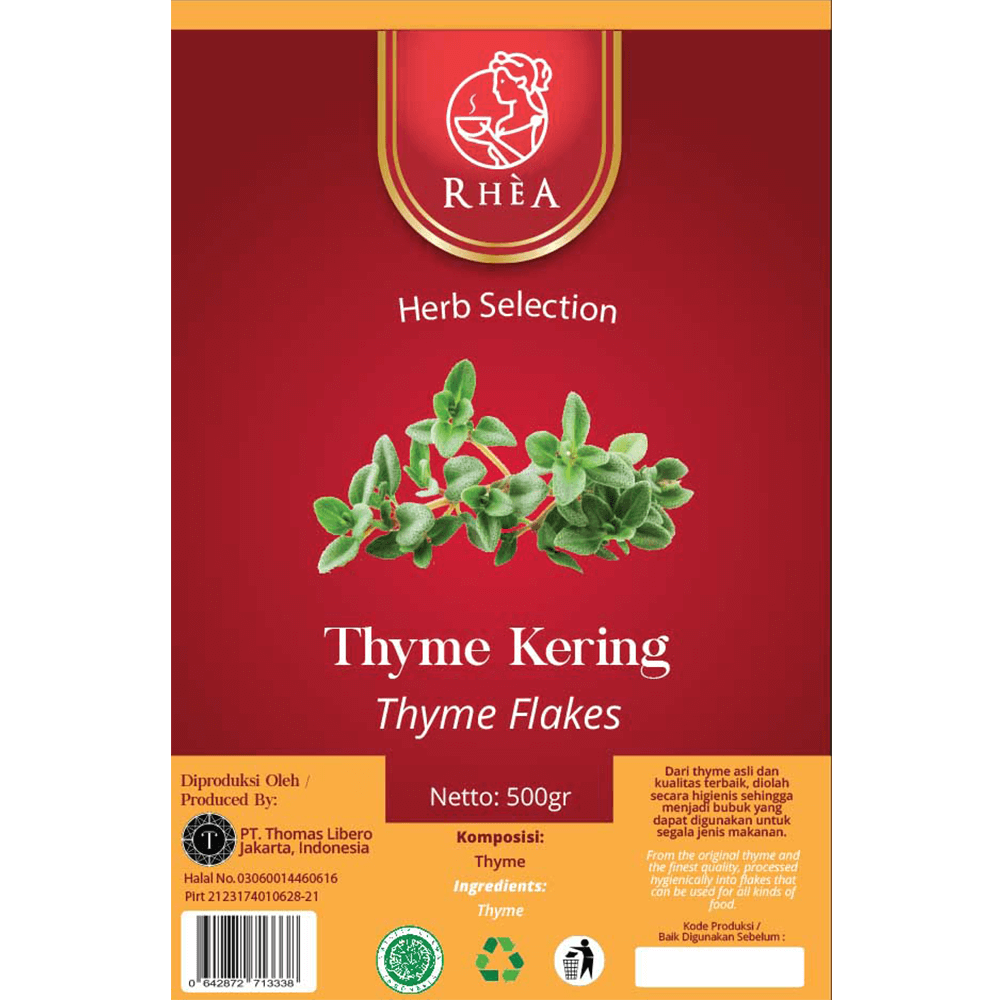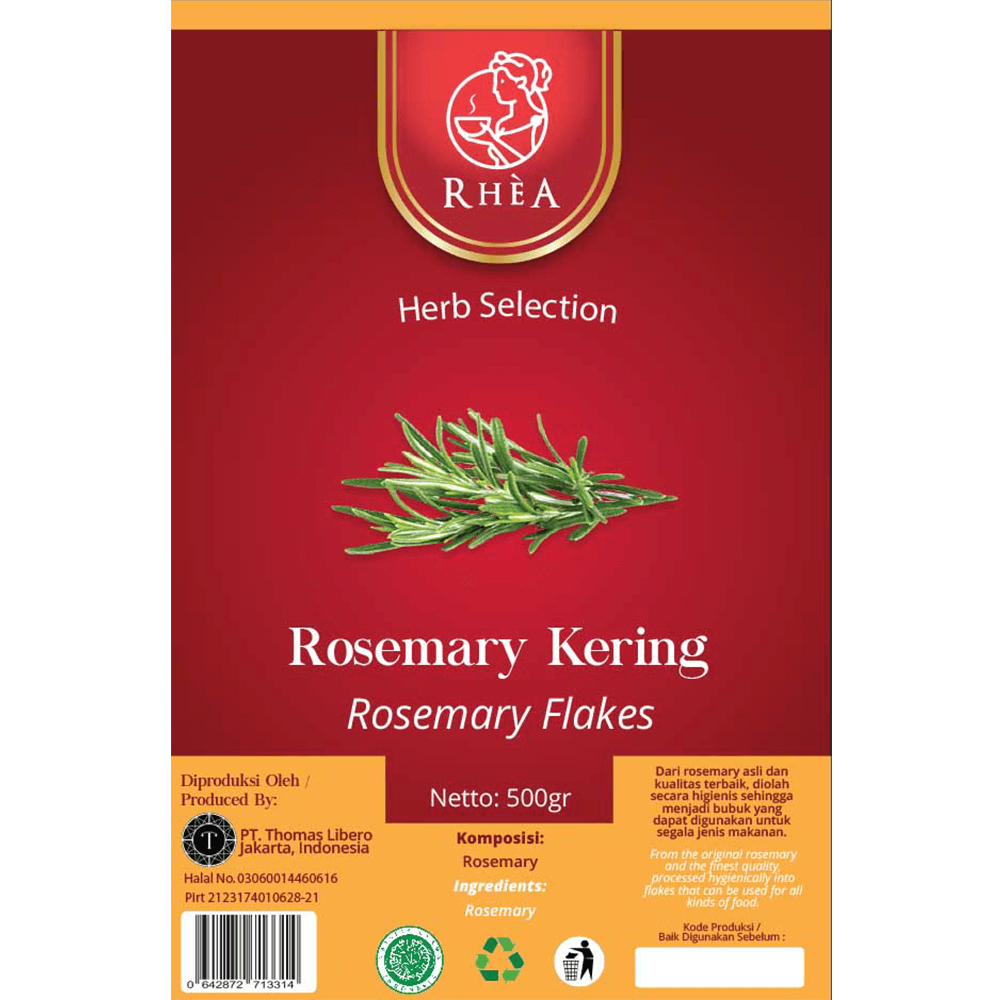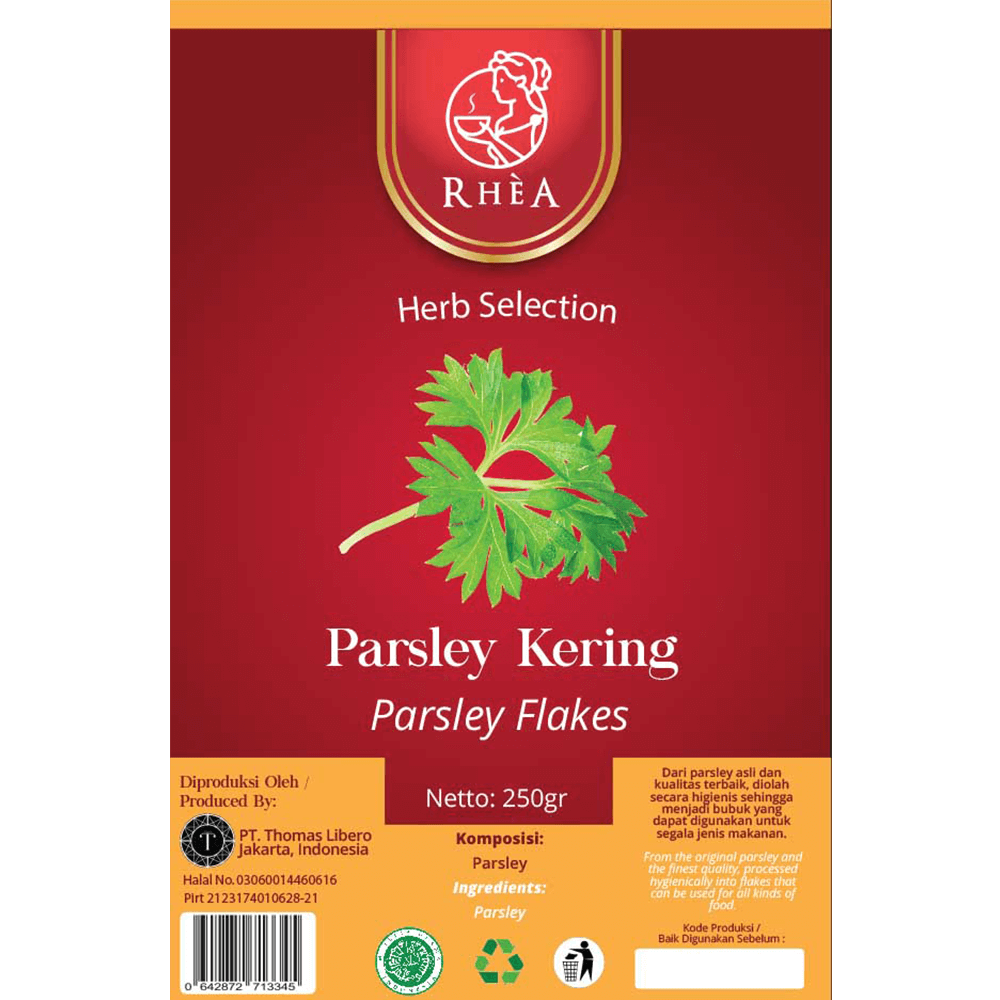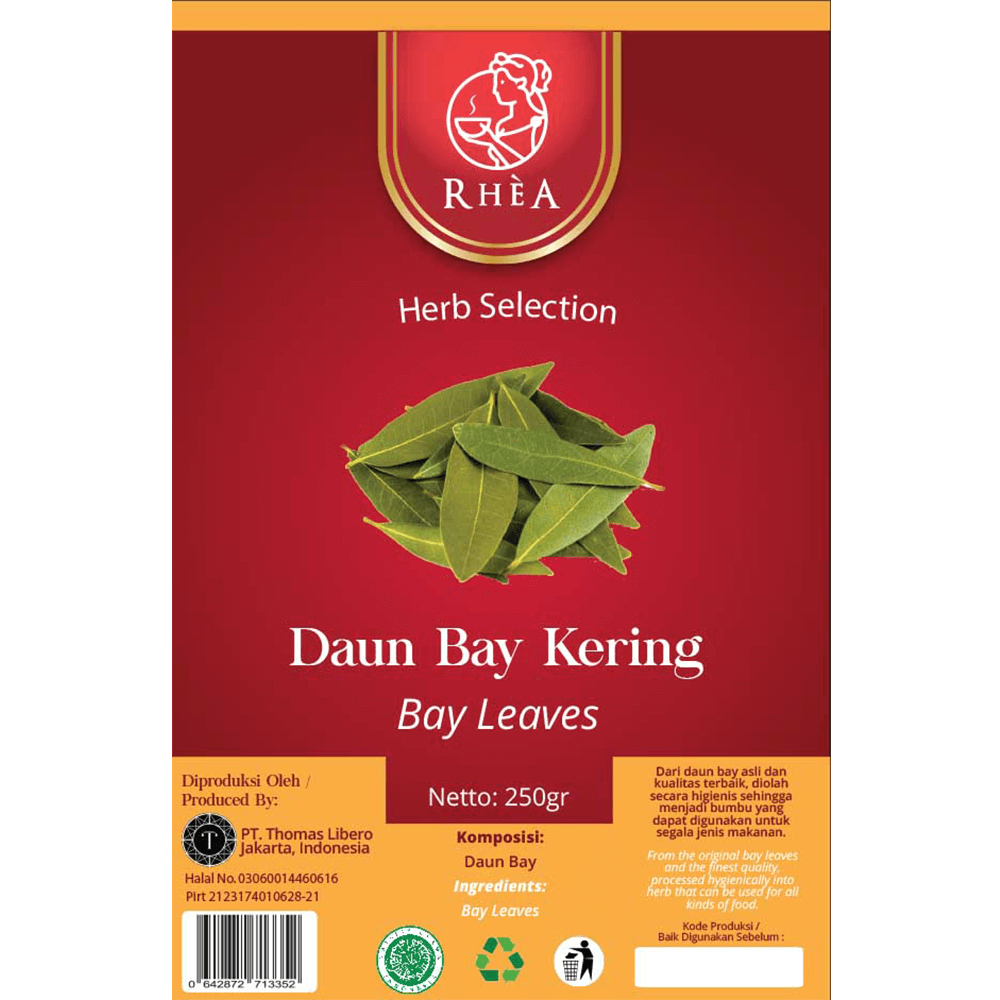
RHEA Bay Leaves
Origin :
Fresh or dried bay leaves are used in cooking for their distinctive flavor and fragrance. The leaves should be removed from the cooked food before eating (see Safety section below). The leaves are often used to flavor soups, stews, braises and pâtés in Mediterranean cuisine. The fresh leaves are very mild and do not develop their full flavor until several weeks after picking and drying.
California bay leaf – the leaf of the California bay tree (Umbellularia californica, Lauraceae), also known as California laurel, Oregon myrtle, and pepperwood, is similar to the Mediterranean bay laurel, but has a stronger flavor.
Indonesian bay leaf or Indonesian laurel (salam leaf, Syzygium polyanthum, Myrtaceae) is not commonly found outside of Indonesia; this herb is applied to meat and, less often vegetables.
Culinary Uses :
Bay leaves were used for flavoring by the ancient Greeks. They are a fixture in the cooking of many European cuisines (particularly those of the Mediterranean), as well as in the Americas. They are used in soups, stews, meat, seafood, vegetable dishes, and sauces. The leaves also flavor many classic French dishes. The leaves are most often used whole (sometimes in a bouquet garni) and removed before serving (they can be abrasive in the digestive tract). Thai cuisine employs bay leaf (Thai name bai kra wan) in a few Arab-influenced dishes, notably massaman curry.
Bay leaves can also be crushed or ground before cooking. Crushed bay leaves impart more fragrance than whole leaves, but are more difficult to remove, and thus they are often used in a muslin bag or tea infuser. Ground bay laurel may be substituted for whole leaves, and does not need to be removed, but it is much stronger.
Size Available :
3gr and 1Kg
Tasting Notes :
Bay leaves are pungent and have a sharp, bitter taste, also the fragrance is herbal and slightly floral.
